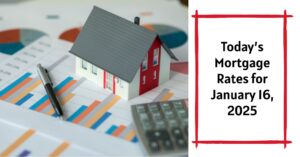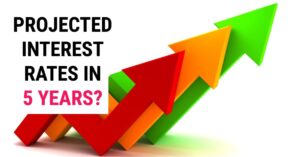If you are looking for a cheap way to acquire real estate, you might be wondering if you can legally buy abandoned houses for free in California. The answer is not so simple, as there are many factors and laws that affect the status and ownership of abandoned properties. In this blog post, we will explain what qualifies as an abandoned house, how to find out who owns it, and what steps you need to take to acquire it legally.
Can You Legally Own Abandoned Houses for Free in California?
An abandoned house is a property that has been left vacant and neglected by its owner for a long period of time. However, just because a house looks abandoned does not mean it is legally abandoned. According to California law, a property is considered abandoned only if it meets the following criteria:
- The owner has not paid property taxes for at least five years
- The owner has not made any improvements or repairs to the property
- The owner has not occupied or rented the property
- The owner has not expressed any intention to reclaim the property
If a property meets these criteria, the county can initiate a tax sale to auction off the property to the highest bidder. However, this process can take several years and may not result in a clear title for the buyer.
How to find out who owns an abandoned house?
Before you attempt to buy an abandoned house, you need to find out who owns it and whether they are willing to sell it. The easiest way to do this is to check the county's property tax records, which are usually available online or at the county assessor's office. These records will show you the name and address of the owner, as well as the amount of taxes owed and the status of the property.
Another way to find out who owns an abandoned house is to look up the deed for the property at the county recorder's office. The deed will show you who has legal title to the property and whether there are any liens or mortgages on it. If there are any liens, such as from a bank or mortgage company, you may want to contact them instead of the owner, as they may have more interest in selling the property.
How to buy an abandoned house legally?
If you manage to locate and contact the owner of an abandoned house, you may be able to negotiate a purchase agreement with them. However, this may not be easy, as some owners may have abandoned their properties due to financial or personal difficulties and may not be responsive or cooperative. You may also face legal challenges if the owner does not have a clear title to the property or if there are other parties who have a claim to it.
Another option to buy an abandoned house legally is to use an adverse possession claim. This is a legal doctrine that allows a non-owner to claim ownership of a property if they have occupied it openly and continuously for at least five years, paid the property taxes, and improved or maintained the property. However, this option is risky and complicated, as you will need to prove your claim in court and face possible opposition from the original owner or other parties.
In summary, buying an abandoned house for free in California is not impossible, but it is not easy either. You will need to do your research, contact the owner or lienholder, and follow the legal procedures to acquire the property. You may also need to hire a lawyer or a real estate agent to help you with the process. Alternatively, you can look for other ways to find cheap properties in California, such as foreclosures, short sales, or auctions.
Work with Norada in 2025, Your Trusted Source for
Turnkey Real Estate Investing
Discover high-quality, ready-to-rent properties designed to deliver consistent returns.
Contact us today to expand your real estate portfolio with confidence.
Contact our investment counselors (No Obligation):
(800) 611-3060
Read More:
- Worst Cities in California: These Are Worst Places to Live in CA
- California Housing Market: Trends and Forecast 2025-2026
- Real Estate Forecast Next 5 Years California: Crash or Boom?
- 24 Most Expensive Neighborhoods in California [2025]
- California Housing Market Roars Back: Biggest Sales Jump Since 2021
- Will Housing Prices Drop in 2025 in California?
- 13 Housing Markets in California Face High Risk of Decline











